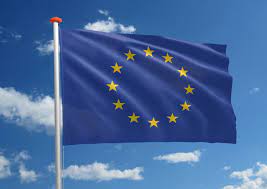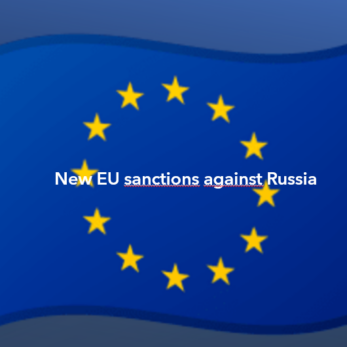Security is and has always been a top priority for the European customs. Over the years the quantity of goods moving in and out of the EU has become so important that it has become impossible to control every shipment. It is therefore extremely important to carry out targeted controls based on risk management.
The European Commission and the Member States have worked together to establish a series of criteria, applicable everywhere in the EU, that the customs can use to target shipments that represent a threat to the security and safety of the EU and its citizens, the interests of legitimate traders and the EU’s financial interests.
Protect and facilitate legitimate trade
Facts (statistics 2018 – source: Eurostat):
- The EU main trading partners (2018) are the USA, China, Switzerland, Russia, Turkey, Japan, Norway, South Korea, India, Canada and Brazil
- Representing the following statistics in EU-exports and -imports (in billion EUR):
- USA: exports: 406 – imports: 267 (EU trade balance: +)
- China: exports: 210 – imports: 394 (-)
- Switzerland: exports: 156 – imports: 109 (+)
- Russia: exports: 85 – imports: 168 (-)
- Turkey: exports: 77 – imports: 76 (+)
- Japan: exports: 65 – imports: 70 (-)
- Norway: exports: 54 – imports: 83 (-)
- South Korea: exports: 49 – imports: 51 (-)
- India: exports: 46 – imports: 46 (=)
- Canada: exports: 41 – imports: 31 (+)
- Brazil: exports: 34 – imports: 32 (+)
- The most exported and imported goods consist of machinery & vehicles, chemicals, food & drink, raw materials, energy and other manufactured goods.
- The eastern land border of the EU is 9.890 km long, with 133 commercial road and rail entry points. There are more than 1.000 customs offices of entry along the entire EU external border.
- More than 90% of annual world trade is carried by sea, along more than 25,800 global trade lanes.
- More than 20% of this seaborne trade is unloaded in Europe. There are 400 transport nodes world-wide for cargo and passengers moved by air, a substantial proportion of which are linked to more than 250 international airports in the EU.
These figures show that controlling 100% of the traffic is not a realistic option for the EU. This is why risk management is essential to target the right shipments to control and ensure a smooth flow of legitimate trade at the same time.
Although the bulk of trade is lawful, a study by the World Economic Forum estimates illicit trade to be between 8% and 15% of the global GDP. However, the scale of illicit trade is, by nature, difficult to quantify. Its cost to the global economy is considerable and estimated to be over 2,5 trillion EUR, all aspects combined.
Protect the financial interests of the EU
Customs duties are one of the sources of income for the EU and its Member States. Therefore, Customs authorities have the responsibility to ensure that customs duties are properly applied. The European Commission and the Member States want to establish common risk criteria and standards for financial risks. Those criteria help customs in all the Member States to target suspicious declarations and apply the correct amount of duties when necessary.
How does Customs Risk Management work?
The CRMF (Customs Risk Management Framework) aims at providing:
- An equivalent level of protection in customs controls for the whole European Union
- A harmonised application of customs controls by the Member States
- A common approach as regards to setting priorities and allocation of resources
- A proper balance between customs controls and facilitation of legitimate trade
It is based on five pillars:
- The identification and control of high-risk goods movements using common risk criteria;
- The identification of priority control areas subject to more intense controls for a specific period of time;
- The systematic and intensive exchange of risk information between customs through the customs risk management system (CRMS);
- The contribution of Authorised Economic Operators (AEO) in a customs-trade partnership secure and facilitate legitimate trade; and
- Pre-arrival/pre-departure security risk analysis based on cargo information submitted in electronic format by traders prior to arrival or departure of goods in/from the EU specifically to cater primarily for security and safety risks.
The EU’s priorities and strategy on customs risk management
The Strategy and Action Plan annexed to the Communication proposes step-by-step actions to reach a more coherent, effective and cost-efficient EU customs risk management at the external borders.
The Commission, the Member States and the economic operators all have an important and clearly defined role to play in ensuring the successful implementation of the new strategy.
Latest developments
On 20 July 2018 the European Commission adopted the second progress report and Staff Working Document on the EU Strategy and Action plan. The report, in response to the Council Conclusions of December 2016, provides an overall qualitative assessment of the implementation of the EU strategy and action plan.
Sources:
https://ec.europa.eu/eurostat/statistics-explained/images/c/c8/Int_trade_2018_data.jpg


